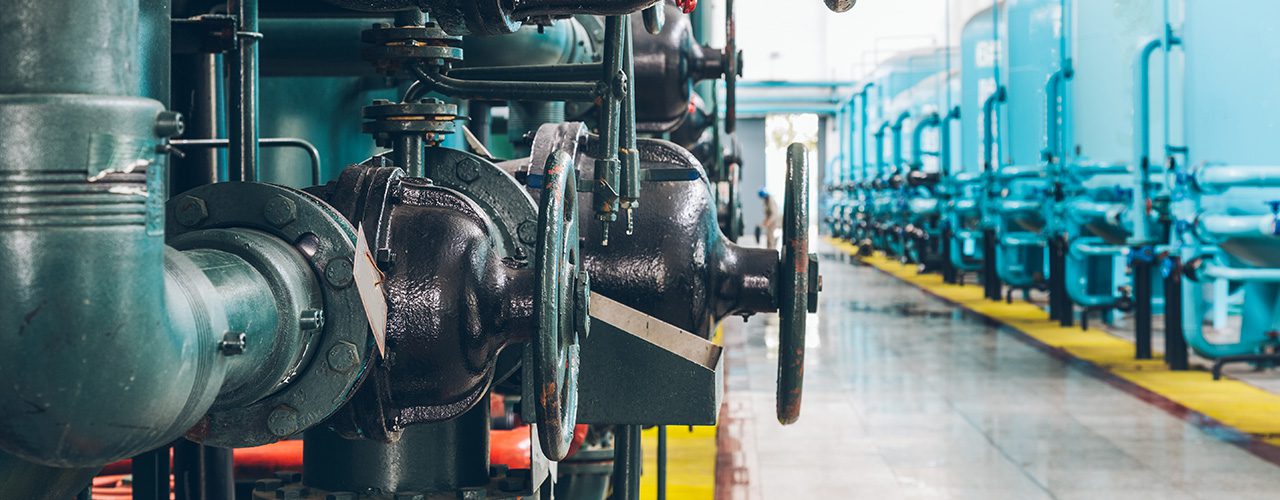Flash fires are a serious safety concern in the oil and gas industry. Oil and gas workers should be well-informed about the risks associated with flash fires and understand the necessary precautions to minimize the likelihood of accidents. Here are eight important things that oil and gas workers should know about flash fires:
Definition of Flash Fires: Flash fires are sudden and intense fires that occur within seconds of exposure to an ignition source. They are characterized by a rapid release of energy and the generation of high temperatures. Flash fires can result from the ignition of flammable gases or vapors in the air.
Common Causes of Flash Fires: Flash fires can be triggered by various factors, including open flames, sparks, electrical arcs, hot surfaces, and even static electricity. Ignition sources can be present during routine operations such as drilling, production, maintenance, and transportation activities.
Hazardous Materials: Oil and gas workers should be aware of the specific flammable materials present in their work environment. Hydrocarbons, such as methane, propane, and butane, are common flammable gases found in the industry. Understanding the properties of these materials is crucial for risk assessment and prevention.
Personal Protective Equipment (PPE): Proper PPE is essential for protection against flash fires. Flame-resistant clothing, including coveralls, hoods, and gloves, can help shield workers from the intense heat and flames. It’s crucial to ensure that PPE is in good condition and meets industry safety standards.
Emergency Response and Evacuation Procedures: Oil and gas workers should be well-trained in emergency response and evacuation procedures specific to flash fires. This includes knowing the location of emergency exits, muster points, and the proper use of firefighting equipment. Regular drills and training sessions contribute to better preparedness.
Hot Work Permits: Hot work, such as welding or cutting, poses a significant risk of igniting flammable materials. Implementing a hot work permit system ensures that necessary precautions are taken before starting such activities. This may include gas testing, fire watch, and the removal of combustible materials.
Gas Detection Systems: Employers should provide and maintain gas detection systems to monitor the concentration of flammable gases in the air. Early detection of gas leaks can allow workers to take prompt action to prevent flash fires. Regular calibration and testing of gas detection equipment are essential.
Safe Work Practices: Adhering to safe work practices is fundamental in preventing flash fires. This includes following established procedures, avoiding shortcuts, and reporting any potential hazards. Regular safety meetings and communication channels for reporting concerns contribute to a safety-conscious work environment.
Ultimately, fostering a strong safety culture within the oil and gas industry is critical to mitigating the risks associated with flash fires. Continuous training, regular safety audits, and a commitment to implementing best practices are key components of a comprehensive safety program.
A CALL BACK

